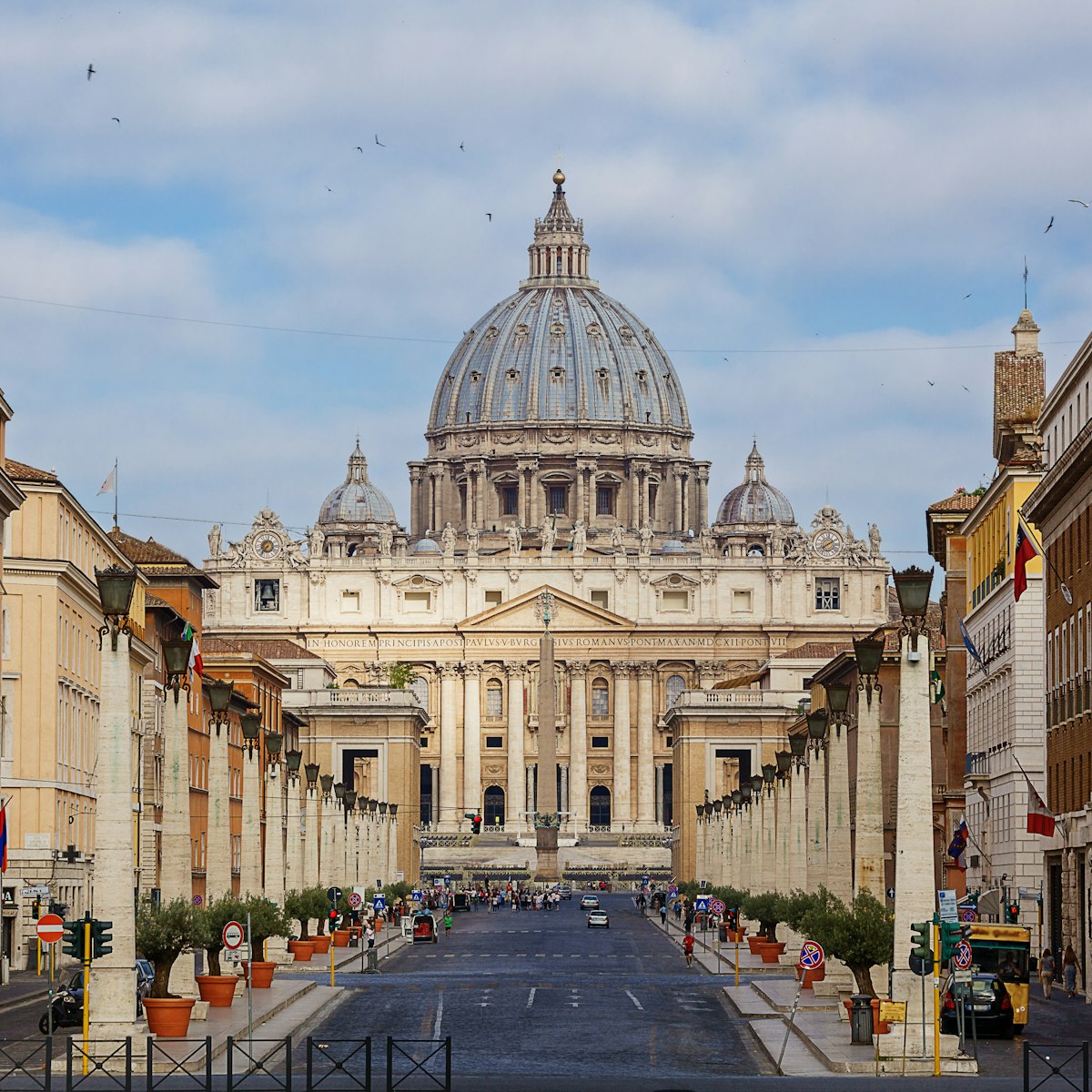One of Rome's pre-eminent museums, this treasure trove of classical art is a must-see when you're in the city. The ground and 1st floors are devoted to sculpture, with some breathtaking pieces – don't miss The Boxer, a 2nd-century-BCE Greek bronze excavated on the Quirinale Hill in 1885, and the Dying Niobid, a 4th-century-BCE Greek marble statue. But it's the magnificent and vibrantly colored Villa Livia and Villa Farnesia frescoes on the 2nd floor that are the undisputed highlight.
The frescoes, which adorned the interior walls of the villas, provide a vivid picture of what a grand ancient Roman villa would have looked like. There are intimate cubicula (bedroom) frescoes focusing on nature, mythology, domestic and erotic life, and delicate landscape paintings from a dark-painted winter triclinium (living and dining area).
Particularly breathtaking are the frescoes from Villa Livia (dating from 30 BCE to 20 BCE), one of the homes of Augustus' wife Livia Drusilla. These cover an entire room and depict a paradisiacal garden full of a wild tangle of roses, pomegranates, irises and camomile under a deep-blue sky. They once decorated a summer triclinium built half underground to provide protection from the heat.
The 2nd floor also features some exquisitely fine floor mosaics and rare inlay work. That these mosaics carpeted the floors of plush villas of aristocratic Romans in the 13th and 14th centuries is really quite extraordinary.
On the 1st floor, there's a fascinating display of bronze fittings from two ships recovered at the bottom of Lake Nemi in Lazio in the 1930s. These elaborate vessels had been built by order of Caligula and were used by the emperor as floating palaces.
In the basement, the unexciting-sounding coin collection is far more absorbing than you might expect, tracing the Roman Empire's propaganda offensive through its coins. There's also jewelry dating back several millennia, and the disturbing remains of a mummified eight-year-old girl, the only known example of mummification dating from the Roman Empire.
Tips and other practicalities
The museum is one of four that collectively make up the Museo Nazionale Romano. A combined ticket (€12/6), which is valid for three days, includes admission to the other three sites: the Terme di Diocleziano, Palazzo Altemps and the Crypta Balbi. An audio guide costs €5. A €100 million renovation project began in 2023 and the four museums may be temporarily closed over the course of the next four years.









